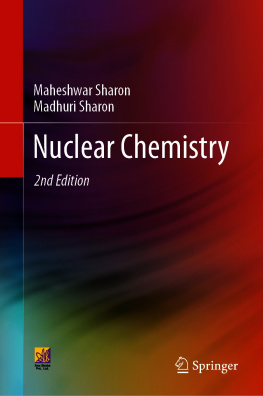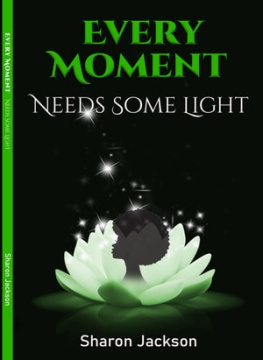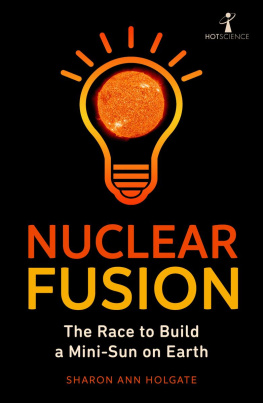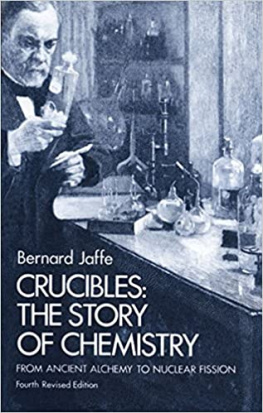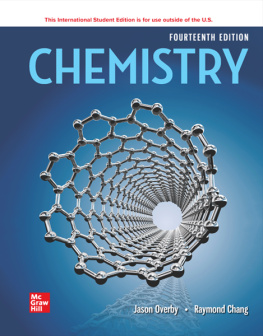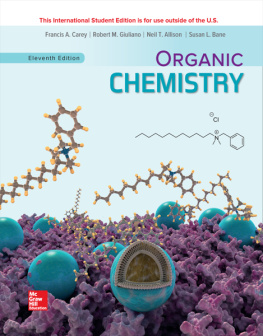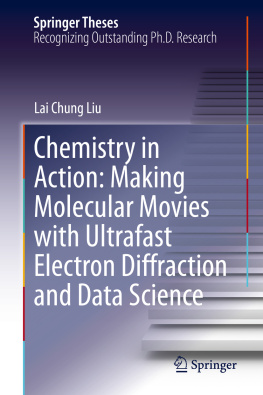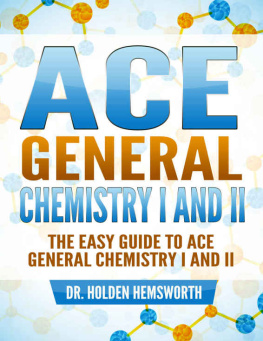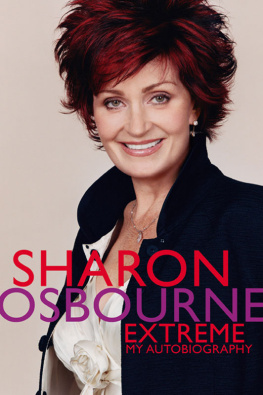Maheshwar Sharon - Nuclear Chemistry
Here you can read online Maheshwar Sharon - Nuclear Chemistry full text of the book (entire story) in english for free. Download pdf and epub, get meaning, cover and reviews about this ebook. year: 2021, publisher: Springer International Publishing, genre: Children. Description of the work, (preface) as well as reviews are available. Best literature library LitArk.com created for fans of good reading and offers a wide selection of genres:
Romance novel
Science fiction
Adventure
Detective
Science
History
Home and family
Prose
Art
Politics
Computer
Non-fiction
Religion
Business
Children
Humor
Choose a favorite category and find really read worthwhile books. Enjoy immersion in the world of imagination, feel the emotions of the characters or learn something new for yourself, make an fascinating discovery.
- Book:Nuclear Chemistry
- Author:
- Publisher:Springer International Publishing
- Genre:
- Year:2021
- Rating:4 / 5
- Favourites:Add to favourites
- Your mark:
- 80
- 1
- 2
- 3
- 4
- 5
Nuclear Chemistry: summary, description and annotation
We offer to read an annotation, description, summary or preface (depends on what the author of the book "Nuclear Chemistry" wrote himself). If you haven't found the necessary information about the book — write in the comments, we will try to find it.
Nuclear Chemistry — read online for free the complete book (whole text) full work
Below is the text of the book, divided by pages. System saving the place of the last page read, allows you to conveniently read the book "Nuclear Chemistry" online for free, without having to search again every time where you left off. Put a bookmark, and you can go to the page where you finished reading at any time.
Font size:
Interval:
Bookmark:
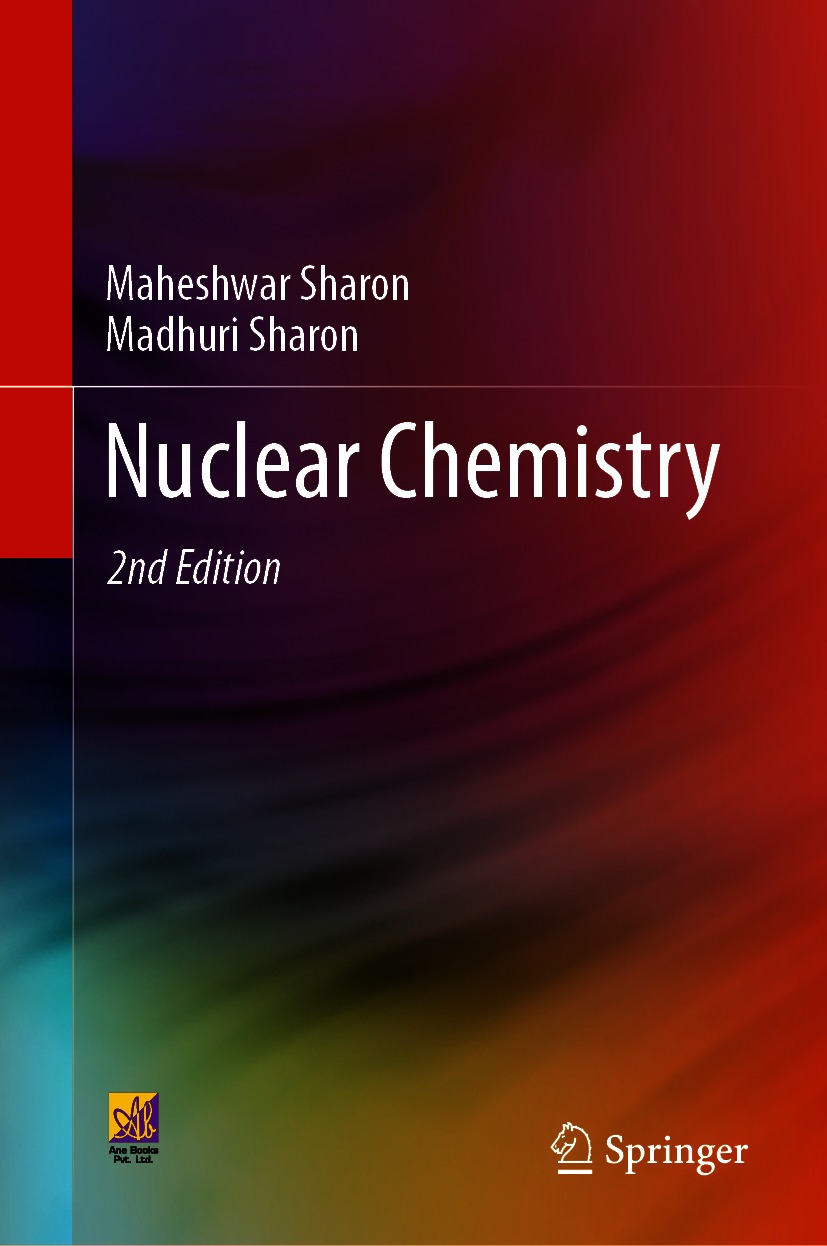


Jointly published with ANE Books Pvt. Ltd.
In addition to this printed edition, there is a local printed edition of this work available via Ane Books in South Asia (India, Pakistan, Sri Lanka, Bangladesh, Nepal and Bhutan) and Africa (all countries in the African subcontinent).
ISBN of the Co-Publishers edition: 9789386761552
This Springer imprint is published by the registered company Springer Nature Switzerland AG
The registered company address is: Gewerbestrasse 11, 6330 Cham, Switzerland
Acharya Kanad
(Founder of Atomic Theory)
As the founder of Vaisheshik Darshanone of six principal philosophies of IndiaAcharya Kanad was a genius in philosophy. He is believed to have been born in Prabhas Kshetra near Dwarika in Gujarat. He was the pioneer expounder of realism, law of causation and the atomic theory. He has classified all the objects of creation into nine elements, namely: earth, water, light, wind, ether, time, space, mind and soul.
He says, Every object of creation is made of atoms which in turn connect with each other to form molecules. His statement ushered in the Atomic Theory for the first time ever in the world, nearly 2500 years before John Dalton. Kanad has also described the dimension and motion of atoms and their chemical reactions with each other.
The eminent historian, T. N. Colebrook, has said, Compared to the scientists of Europe, Kanad and other Indian scientists were the global masters of this field.
I have read your manuscript with great interest. I am sure that the book will be well received as a clear and concise treatment of radiation detection and measurement. The book is also attributed in large measure to teach undergraduate, graduate and other educational courses.
We are glad to learn that this book has been appreciated by readers so much that its 2  edition is published. In this 2
edition is published. In this 2  edition, we have added some new topics considering the syllabus of the M.Sc. course dealing with Nuclear Chemistry like the Shell model, fission/fusion reaction, natural radioactive equilibrium series, nuclear reactions carried out by various types of accelerators, etc. It is hoped that this 2
edition, we have added some new topics considering the syllabus of the M.Sc. course dealing with Nuclear Chemistry like the Shell model, fission/fusion reaction, natural radioactive equilibrium series, nuclear reactions carried out by various types of accelerators, etc. It is hoped that this 2  edition will be appreciated by readers and graduate and postgraduate students.
edition will be appreciated by readers and graduate and postgraduate students.
It has been our experience that students of different disciplines desirous of using the tracer technique face the problem of selecting an isotope most suitable for their work. Having selected the isotope, the next problem they face is in selecting the type of counter, type of source sample, duration for which the counting must be made, and selecting the radiation emitted by the isotope for its efficient detection. This book is an effort toward guiding the readers on these aspects. Though there are many books available on this topic, they are either very advanced or very elementary. Students have, therefore, been requesting the author for many years to write a book of this nature. This book is, thus, an outcome of the lectures given to Engineering and Science graduate and postgraduate students who have had very little exposure to the field of radioactivity. It has been tried to explain topics from the experience the author gained while teaching this subject in England and India. The author has also given a few results obtained by him while developing some experiments for students studying this course.
It has been the experience that students often resort to memorizing the decay process without actually understanding the logic of various decay processes. Similarly, it is observed that students invariably select a counting procedure without understanding the reasons behind its selection. A novel concept is, therefore, developed to explain not only the decay processes but also the selection of counting procedures for the detection and measurement of radioactivity. It is hoped that students would get an exposure to select the counting procedures rather than simply getting bookish knowledge of the subject. This book, thus, concentrates on the techniques concerned with the detection and measurement of radioactivity. However, in order to appreciate the subject, an introduction to properties of radioactivity, e.g., law of decay of radioactivity, type of decay, and interaction of radiation including particulate radiation with matter are dealt with appropriately. This book builds up its foundation from the nature of the interaction of radiation with matter, which brings out the differentiations among ionization counter, scintillation counter, and solid-state detector. Based on decay properties like nature of radiation, its energy, and abundances (which are given in the decay scheme), an attempt is made to select the type of counter for measuring radioactivity. Similarly, the selection of the form in which a sample should be prepared for counting is also discussed. The statistics of counting is enumerated, which can assist to decide some of the routine-type corrections like subtraction and division of standard deviation calculation. Finally, an effort is made to make the reader aware that there is a difference between an ordinary chemical laboratory and a radiochemical one. There is a need to understand that in designing a radiochemical laboratory, various considerations are needed which normally are not essential for an ordinary chemical laboratory. Accordingly, these aspects of design of a radioactive laboratory have been discussed. At the end, various possible questions related to counting are mentioned so that the reader after solving them would become more familiar with this field.
Font size:
Interval:
Bookmark:
Similar books «Nuclear Chemistry»
Look at similar books to Nuclear Chemistry. We have selected literature similar in name and meaning in the hope of providing readers with more options to find new, interesting, not yet read works.
Discussion, reviews of the book Nuclear Chemistry and just readers' own opinions. Leave your comments, write what you think about the work, its meaning or the main characters. Specify what exactly you liked and what you didn't like, and why you think so.

